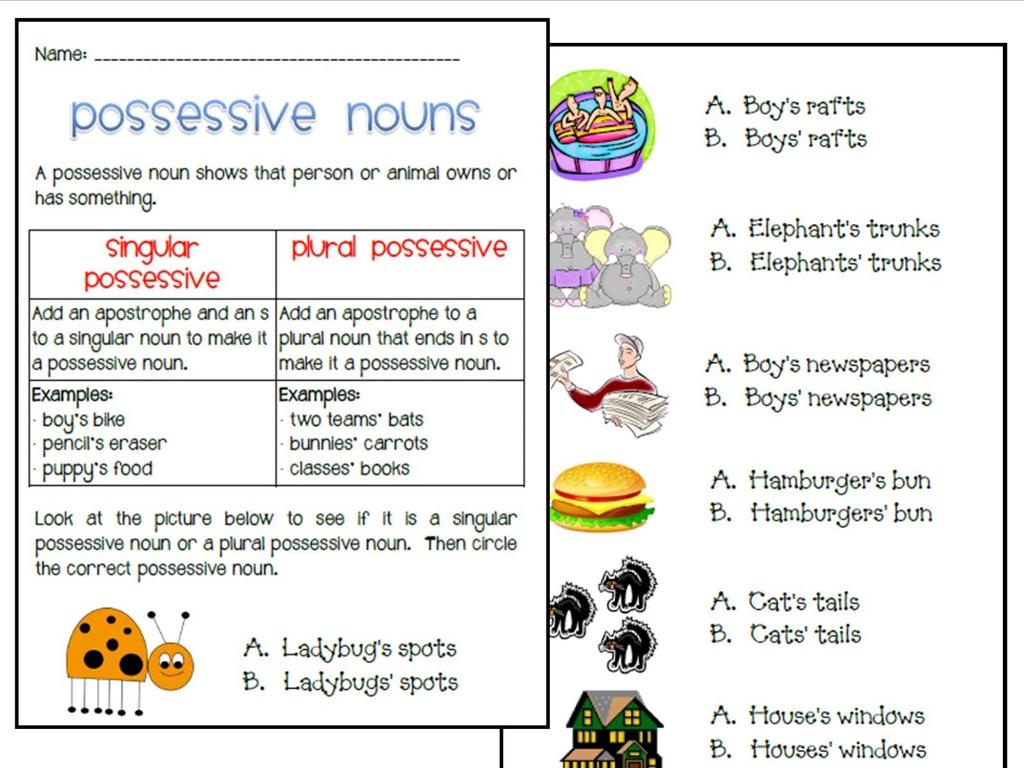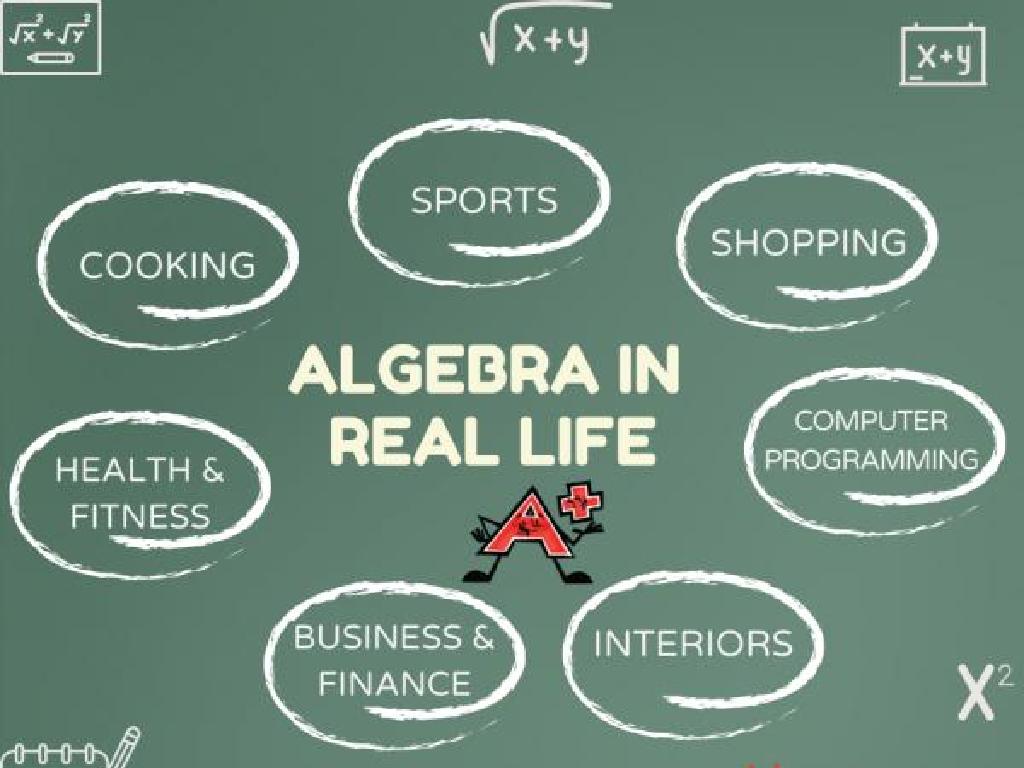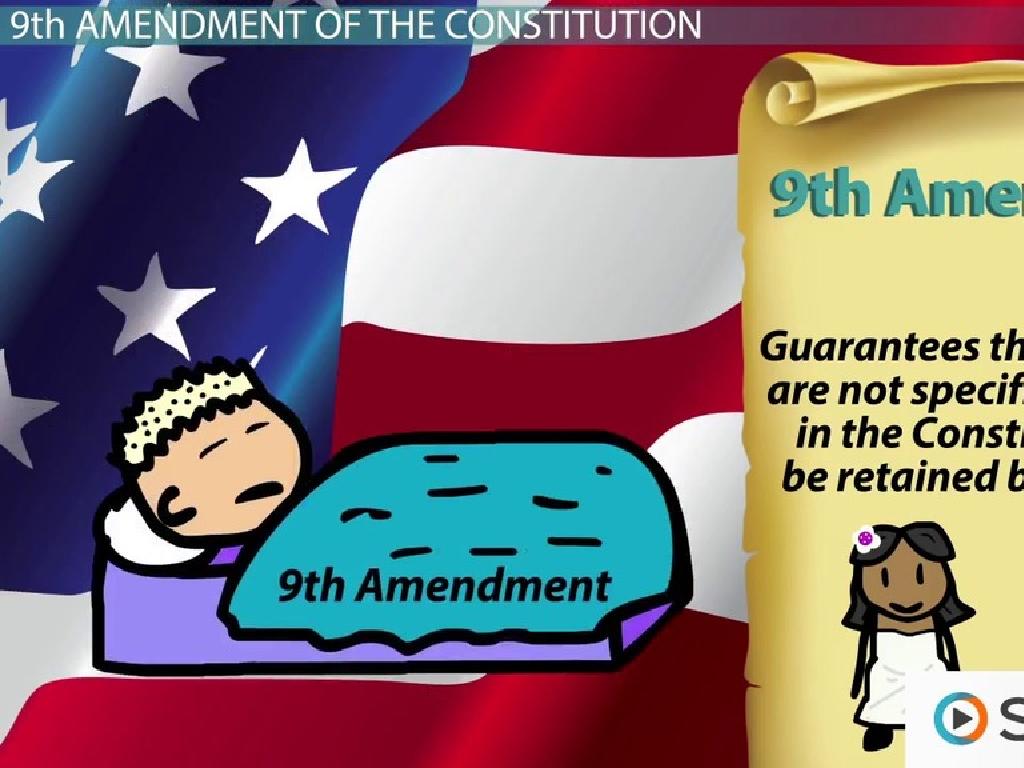Read Realistic Fiction With Illustrations
Subject: Language arts
Grade: Third grade
Topic: Literary Texts: Level 1
Please LOG IN to download the presentation. Access is available to registered users only.
View More Content
Welcome to Realistic Fiction!
– Understanding Fiction
– Fiction is a story from the author’s imagination.
– Characteristics of Realistic Fiction
– Realistic Fiction means it could happen in real life.
– Exploring Examples
– ‘Because of Winn-Dixie’ or ‘Freckle Juice’.
|
This slide introduces students to the genre of realistic fiction. Begin by explaining that fiction is a type of story that comes from the author’s imagination and is not a true story. Then, discuss the characteristics that make a story realistic fiction, such as believable characters, settings that exist in real life, and events that could actually happen. Provide examples of popular realistic fiction books appropriate for third graders, such as ‘Because of Winn-Dixie’ by Kate DiCamillo or ‘Freckle Juice’ by Judy Blume. Encourage students to think about stories they have read and decide if they could be realistic fiction. This will help them understand the genre and relate it to their reading experiences.
Elements of Realistic Fiction
– Characters seem like real people
– Think of friends or family in stories
– Settings that could be real places
– Like our school or your home
– Events that could truly occur
– Similar to everyday life happenings
– Relatable problems and solutions
– Solutions that we could use too
|
This slide introduces students to the key elements that make up realistic fiction. Characters in realistic fiction are developed as complex individuals who could be someone you know in real life. Settings are familiar to the readers, such as a typical school, a local park, or a neighborhood similar to their own. Events are plausible and could happen in the real world, avoiding fantasy or science fiction elements. Problems presented in these stories are ones that readers might face themselves, and the solutions are practical and believable. Encourage students to think of stories they have read or could write that include these elements. Discuss how illustrations in realistic fiction books help to reinforce the reality of the story and make it more relatable and engaging for the reader.
Illustrations in Realistic Fiction
– Pictures bring stories to life
– Illustrations show emotions and actions that words describe.
– Images help understand the story
– Look at the pictures to grasp the plot and mood.
– Visual connection with characters
– See how characters look and express feelings.
– Setting comes alive through art
– Pictures of places help imagine where the story happens.
|
This slide aims to help students appreciate the role of illustrations in understanding and enjoying realistic fiction. Discuss how pictures complement the text by showing what characters look like and how they feel, which can help readers connect with them on a deeper level. Explain that illustrations also provide visual cues about the setting, making it easier for students to imagine where the story takes place. Encourage students to pay close attention to the images as they read, noting how they add to the narrative and their own interpretations of the story.
Reading with Expression
– Use tone to show character feelings
– Change your voice to match the story’s mood
– Ask ‘How does the character feel?’
– Look for clues in the text about emotions
– Practice reading aloud with emotion
– Try using different voices for different characters
– Understand characters better
|
This slide aims to teach students the importance of reading with expression. Encourage them to use their tone and voice to reflect the emotions and feelings of characters in a story. Ask them to think about how a character feels in different situations and to look for descriptive words or phrases that give clues to those feelings. During reading practice, students should experiment with changing their voices to match the mood of the text and differentiate between characters. This exercise will help them to engage more deeply with the story and improve their oral reading skills. It’s also a fun way to enhance their understanding of the narrative and the characters’ perspectives.
Making Predictions in Realistic Fiction
– Guess what happens next?
– Use text and pictures for clues
– Look at the words and art. What story are they telling?
– Talk about guesses with friends
– Share your ideas in groups and see if they think the same.
– Why are predictions fun?
– Predictions make reading like a detective game!
|
This slide is designed to engage students in the active reading process by making predictions about the story. Encourage them to use both the text and the illustrations to gather clues about what might happen next in the story. This not only improves comprehension but also makes reading more interactive and fun. Instruct students to discuss their predictions with classmates to hear different perspectives and refine their own guesses. Emphasize that making predictions is like solving a mystery and can make the reading experience more enjoyable. During the next class, revisit their predictions to see which ones were accurate and discuss why.
Exploring Realistic Fiction Books
– ‘Freckle Juice’ by Judy Blume
– A boy who wants freckles learns to appreciate himself
– ‘Because of Winn-Dixie’ by Kate DiCamillo
– A girl finds a dog that helps her make friends in a new town
– ‘Charlotte’s Web’ by E.B. White
– A pig makes friends on a farm, learning about life and friendship
– Characteristics of realistic fiction
– Stories that could happen in real life, relatable characters, and real-world settings
|
This slide introduces students to the genre of realistic fiction through age-appropriate book examples. ‘Freckle Juice’ tells the story of a young boy who learns an important lesson about self-acceptance. ‘Because of Winn-Dixie’ explores themes of friendship and community. ‘Charlotte’s Web’ is a classic tale of friendship and life’s cycles. Highlight how these stories, while fictional, contain elements that could happen in real life, have characters with whom readers can relate, and are set in places that exist or resemble real-world settings. Encourage students to think about how the illustrations in these books help them understand the story and characters better. Discuss the importance of illustrations in adding depth to the reading experience.
Class Activity: Create Your Own Story!
– Imagine a realistic character
– Think of someone you know or make up a new friend
– Choose a setting for your story
– Where does your story happen? School, park, home?
– Draw illustrations for key scenes
– Pictures help bring your story to life
– Plan to share your story with the class
– Get ready to tell us about your character and setting
|
This activity is designed to foster creativity and understanding of realistic fiction. Students should use their imagination to come up with a character that could exist in real life and a setting that is familiar to them. Encourage them to draw illustrations that represent important moments in their story, as this will help them connect with the narrative visually. When sharing, prompt them to explain why they chose their character and setting, and how their illustrations enhance the story. Provide examples of realistic characters and settings to inspire them. Possible activities: 1) Pair up and discuss ideas, 2) Sketch the character first, 3) Create a storyboard, 4) Write a short paragraph about the character.






